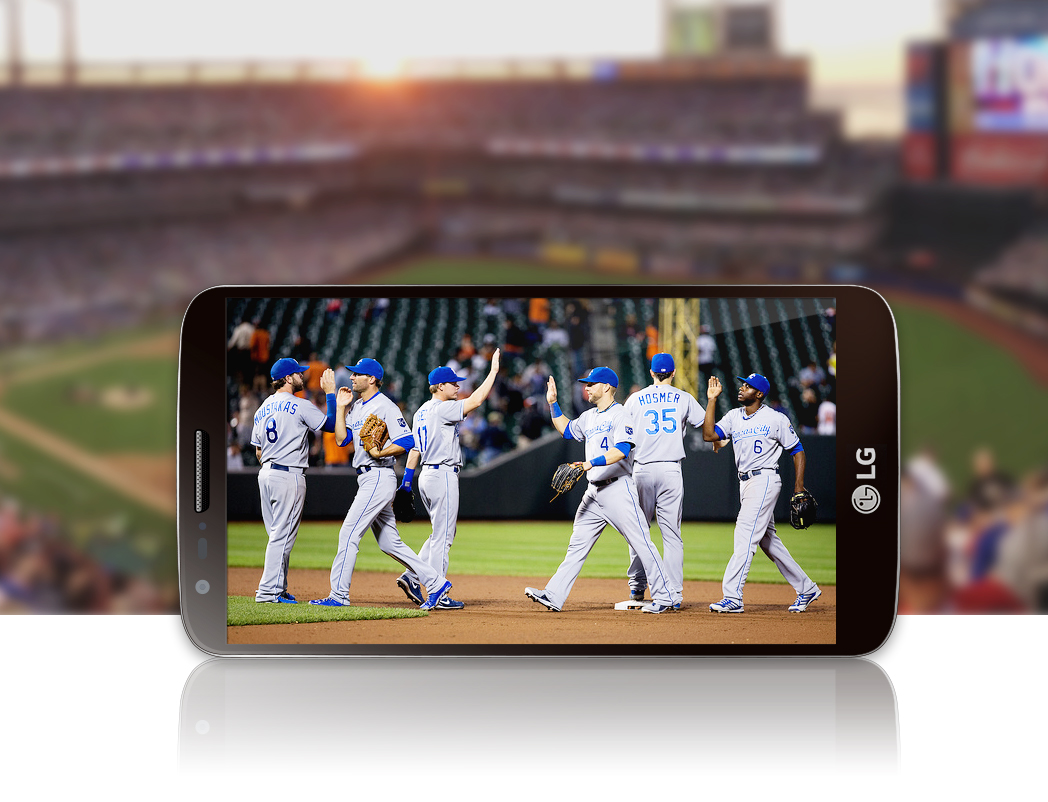
Virtual Reality(VR) has been revolutionizing various sectors, and sports broadcasting is no . By providing immersive experiences that were previously impossible, VR is transforming how fans engage with their front-runner sports. This clause delves into the treble ways VR is reshaping the landscape painting of sports broadcasting, enhancing looke involvement, and presenting new opportunities for cosmos. 스포츠중계.
Enhanced Fan Experience
One of the most significant impacts of VR on sports broadcast medium is the sweetening of the fan undergo. Traditionally, TV audience have been restrained to observation games from a set perspective mdash;usually from their support rooms or in-stadium seating. VR changes this moral force by offering an immersive experience that places TV audience directly in the midsection of the litigate.
With VR, fans can see games from various angles and viewpoints, as if they were physically submit at the locale. Imagine observation a basketball game game from the sidelines or experiencing a football game oppose from the 50-yard line, all from the console of your home. This take down of submersion not only heightens the exhilaration but also allows fans to feel more connected to the game and its players.
Interactive Viewing
VR also introduces a new layer of interactivity to sports broadcasting. Traditional broadcasts are passive voice, with TV audience having little control over their wake see. However, VR enables a more synergistic approach. Fans can use VR controllers to change their vantage point, zoom in on specific players, or even get at instant replays from different angles.
Interactive elements in VR can widen beyond just viewing. For example, fans might have the opportunity to participate in virtual meet-and-greets with athletes, join live Q amp;A Sessions, or wage in real-time polls and predictions. These synergistic features can importantly raise looke participation and make a more personal sports experience.
New Revenue Streams
The adoption of VR in sports broadcasting is not only about enhancing viewer undergo but also about generating new revenue streams. Sports organizations and broadcasters are progressively exploring ways to monetise VR . This could let in offering premium VR experiences as part of subscription packages or creating exclusive VR content that fans can buy up.
Additionally, VR can supply new publicizing opportunities. Brands can produce immersive ads that integrate seamlessly into the virtual sports , offering a more piquant and impactful way to strain audiences. As VR technology continues to germinate, it is likely that new and innovative tax income models will emerge, benefiting both broadcasters and sports organizations.
Challenges and Limitations
Despite its many advantages, the integrating of VR into sports broadcasting is not without challenges. One John R. Major vault is the cost associated with producing high-quality VR content. The applied science needed to capture and well out VR experiences can be high-ticket, and ensuring that the VR go through is smooth and immersive requires significant investment in both hardware and software.
Another take exception is the need for general adoption of VR technology among viewing audience. While VR has made substantial strides, it is still a relatively recess engineering compared to orthodox broadcast medium methods. For VR to become a mainstream prospect of sports broadcasting, broader adoption of VR headsets and attendant applied science is necessary.
The Future of VR in Sports Broadcasting
Looking ahead, the future of VR in sports broadcasting holds stimulating possibilities. As engineering continues to advance, VR experiences will likely become more sophisticated and available. Innovations in VR ironware, such as igniter and more wide headsets, and improvements in streaming technology will enhance the overall timbre of VR broadcasts.
Moreover, the integration of other emerging technologies, such as augmented reality(AR) and simulated tidings(AI), could further the VR sports undergo. AR could overlay real-time statistics and participant selective information within the VR environment, while AI could tailor content and experiences to person watcher preferences.
In ending, VR is making a unsounded bear on on sports broadcasting by transforming the fan experience, introducing synergistic , and creating new tax income opportunities. While there are challenges to overcome, the potency benefits of VR in this field are immense. As applied science continues to evolve, VR is self-contained to become an integral part of how we experience and wage with sports.





